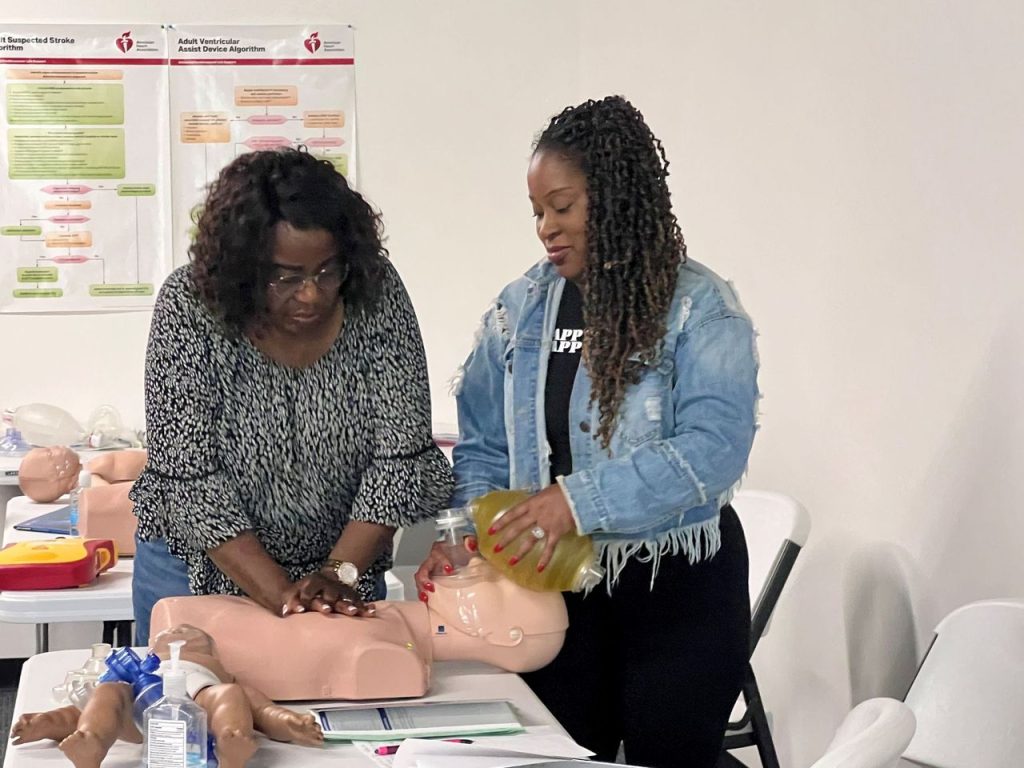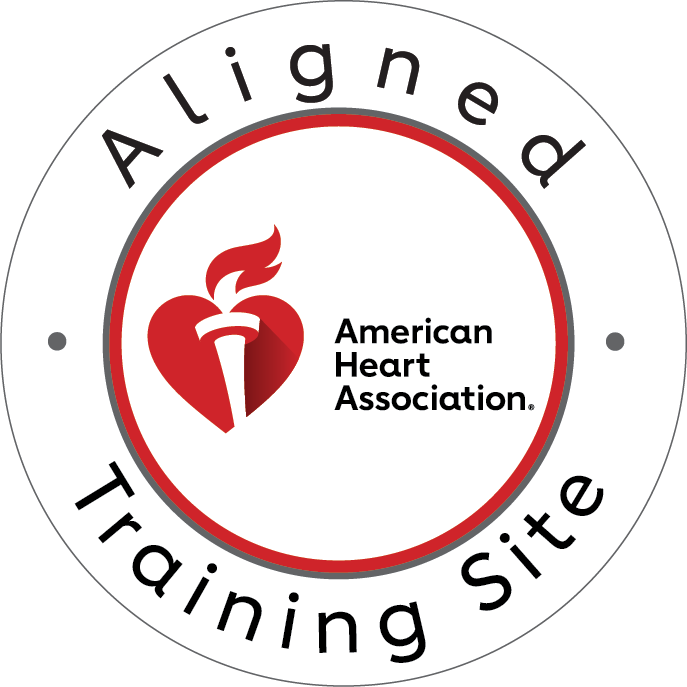Introduction
In life-threatening emergencies, securing and maintaining an airway is the top priority for healthcare providers and emergency responders. Effective airway management can make the difference between life and death, which is why it’s essential to choose the right device for the situation. From basic tools like the Bag Valve Mask (BVM) to more advanced devices like the Endotracheal Tube (ETT), understanding the pros and cons of each option is crucial for anyone involved in emergency care.
Training and proficiency in airway management can be enhanced through certifications provided by institutions like CPR Columbus—an American Heart Association (AHA) training site. At CPR Columbus, healthcare providers receive hands-on, stress-free training in BLS, ACLS, PALS, CPR, and First Aid, ensuring they are fully prepared to handle airway emergencies.
Overview of Airway Devices
Airway devices are essential in cardiopulmonary resuscitation (CPR) and emergency situations. They help maintain an open airway and provide adequate ventilation for patients who cannot breathe on their own. Below are some of the most common airway devices used in medical practice:
- Bag Valve Mask (BVM): A manual resuscitator used to provide positive pressure ventilation to patients.
- Endotracheal Tube (ETT): A tube inserted into the trachea to secure the airway during advanced airway management.
- Supraglottic Airway Devices: Includes devices like the Laryngeal Mask Airway (LMA) that sit above the vocal cords.
- Oropharyngeal and Nasopharyngeal Airways: Basic airway adjuncts that keep the airway open in unconscious patients.
All of these devices play a critical role in emergency care, and mastering their use is a key part of the training offered at CPR Columbus, where students get practical experience in using these tools effectively during CPR and advanced life support scenarios.
Bag Valve Mask (BVM)
Pros:
- Non-invasive: The BVM can be used without inserting anything into the patient’s airway, making it a less risky option.
- Quick to deploy: BVMs are simple and can be used quickly in emergencies.
- Suitable for pre-hospital settings: This device is a first-line tool in most basic life support scenarios and is often found in ambulances.
Cons:
- Requires a skilled operator: To be effective, the BVM needs to be used by someone with proper training to ensure that adequate ventilation is being provided.
- Risk of gastric insufflation: If not used properly, air can enter the stomach instead of the lungs, leading to complications like vomiting and aspiration.
At CPR Columbus, BLS and CPR courses provide healthcare providers and first responders with hands-on practice in using BVMs. Participants leave with confidence in their ability to deliver lifesaving ventilation to patients during CPR.
Endotracheal Tube (ETT)
Pros:
- Provides the most secure airway: Once inserted, the ETT secures the airway, minimizing the risk of obstruction.
- Protects against aspiration: Because it seals the airway, the ETT prevents substances from entering the lungs, reducing the risk of aspiration.
- Effective ventilation control: ETTs provide direct access to the lungs, allowing for precise control of ventilation.
Cons:
- Invasive and requires advanced skills: Inserting an ETT is a complex procedure that requires significant training and experience.
- Risk of trauma: There is a risk of injuring the airway or vocal cords during insertion.
- Time-consuming: In fast-moving emergencies, securing an ETT can take time and may not always be feasible.
Advanced airway management skills, including ETT insertion, are a core component of ACLS (Advanced Cardiovascular Life Support) courses at CPR Columbus. Providers are taught how to safely and effectively use ETTs in critical care situations.
Supraglottic Airway Devices (e.g., LMA)
Pros:
- Easier and faster to insert than ETT: Supraglottic devices like the LMA are less technically challenging and can be inserted quickly.
- Less invasive: These devices do not require the same level of insertion as an ETT, making them less likely to cause trauma.
- Useful for difficult airways: In cases where ETT placement is challenging, supraglottic airways offer an effective alternative.
Cons:
- Less secure than ETT: These devices do not offer the same level of protection against airway obstruction or aspiration.
- Limited long-term use: Supraglottic airways are usually temporary solutions and are not suitable for extended ventilation.
- Risk of aspiration: Despite being easier to use, there is still a risk of aspiration with supraglottic airways.
In the ACLS and PALS (Pediatric Advanced Life Support) courses at CPR Columbus, trainees gain valuable experience in inserting and managing supraglottic airways, learning to decide when these devices are appropriate and how to use them effectively.
Oropharyngeal and Nasopharyngeal Airways
Pros:
- Simple and quick to use: These devices are basic airway adjuncts that can be inserted easily.
- Useful as a temporary solution: They can keep the airway open until more definitive management is available.
Cons:
- Only effective in unconscious patients: These devices cannot be used in patients with an intact gag reflex.
- Risk of trauma: There is a chance of damaging the airway or nasal passages if inserted incorrectly.
Both BLS and First Aid courses at CPR Columbus emphasize the importance of these basic airway tools, helping participants learn when and how to use oropharyngeal and nasopharyngeal airways safely.
Choosing the Right Airway Device: Factors to Consider
When deciding which airway device to use, healthcare providers must consider several key factors:
- Patient condition: Is the patient unconscious? Do they have a gag reflex? Are they at risk for aspiration?
- Skill level of the provider: Certain devices, such as ETTs, require more advanced training and expertise.
- Availability of advanced equipment: In pre-hospital settings, less invasive devices may be the best option due to time constraints and equipment limitations.
Training at CPR Columbus ensures that healthcare providers can confidently assess these factors in high-pressure situations, choosing the most appropriate airway device for optimal patient care.
Conclusion
Airway management is a crucial component of emergency care, and understanding the pros and cons of different airway devices can significantly impact patient outcomes. Whether it’s the quick-deploying BVM, the secure ETT, or the easier-to-use LMA, each device has its advantages and limitations. The key to mastering these tools lies in quality training, and CPR Columbus provides just that. Their hands-on, stress-free courses in BLS, ACLS, PALS, CPR, and First Aid ensure that healthcare providers are prepared to save lives using the right airway management techniques.
Ready to enhance your airway management skills? Visit CPR Columbus to schedule a class today. Whether you’re seeking certification or recertification in BLS, ACLS, PALS, or CPR and First Aid, CPR Columbus offers the best training in Columbus with AHA-approved instructors and hands-on experience. Don’t wait—prepare yourself to save lives in any emergency!





